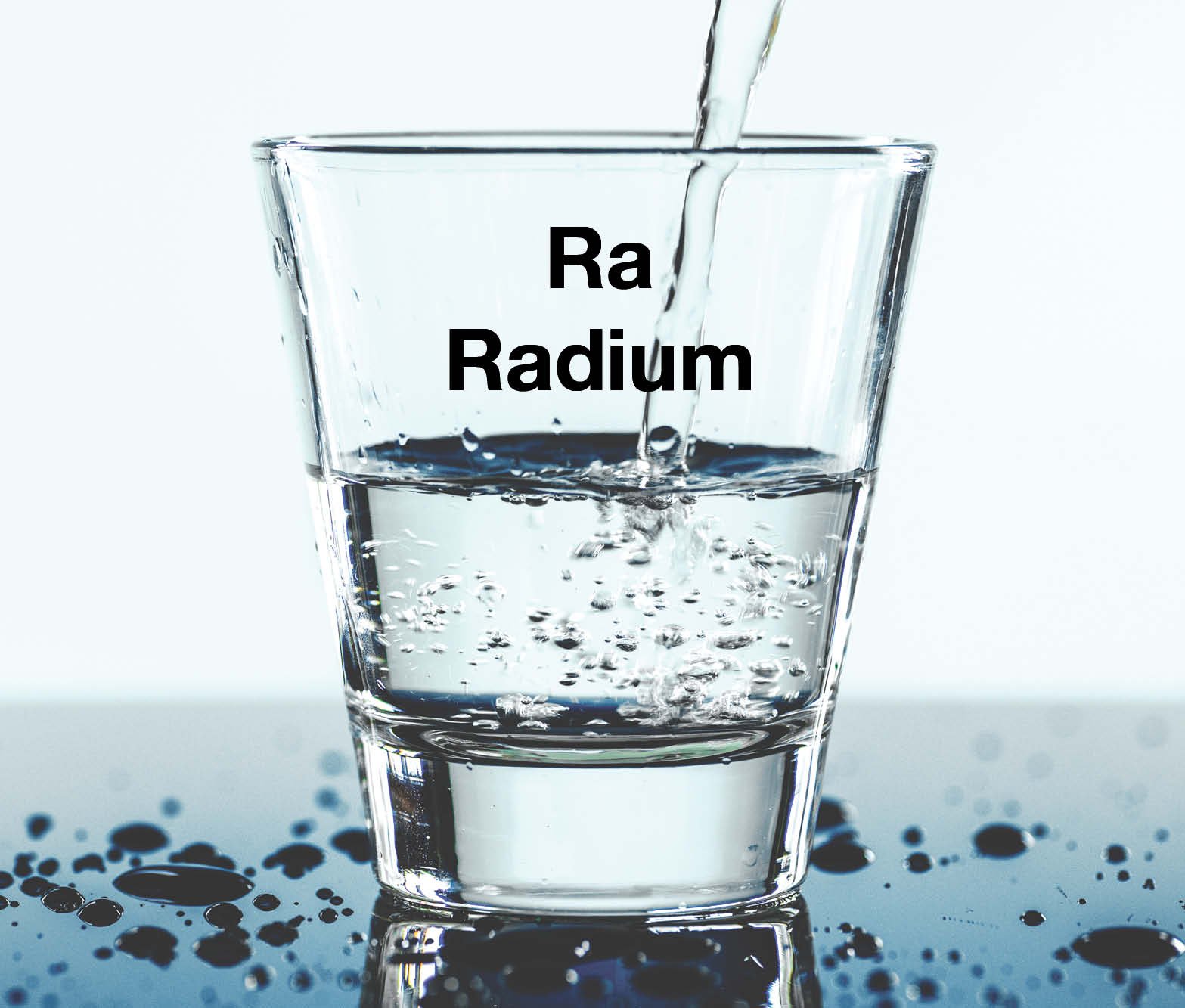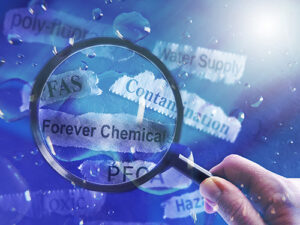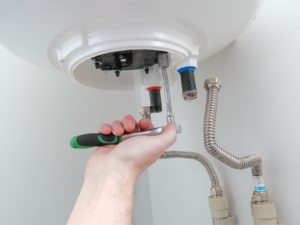
Radium detected in groundwater is not a new phenomenon, however, recent news about radium levels in Maryland’s drinking water has elevated interest. New information from the Environmental Working Group (EWG), a non-profit advocacy organization in Washington D.C. that focuses on environmental issues and public health, shows instances where levels of radium are above health guidelines in Maryland.
Radium & Your Health 
Radium is a naturally occurring radioactive element found in groundwater, especially where acidic conditions are present. Radium is also released from mining, industrial and medical waste and nuclear reactors. It is the most commonly found radioactive element in tap water. As radium decays, it continually releases energy into the environment until a stable, nonradioactive substance forms. This energy is part of the natural radiation to which all living creatures are exposed.
There are three types of radium found in groundwater—224, 226 and 228. The Environmental Protection Agency (EPA) has defined legal limits for radium-226 and radium-228 in drinking water. The Agency for Toxic Substances and Disease Registry reports exposure to higher levels of radium over a long period of time may result in harmful effects including anemia, cataracts, fractured teeth, cancer (especially bone cancer), and death. Some of these effects may take years to develop. While radium exposure in a glass of water will not likely cause harmful effects, it’s still important, as with any contaminant like arsenic or lead, to remediate any high levels of radium in your home’s water.
Radium in Maryland
In Northern Anne Arundel County, residents with well water are encouraged to test for radium as studies have confirmed radium present in the area’s groundwater. Well owners may choose to install a replacement well or water treatment unit to remove radium. A replacement well must be dug to a depth where acceptable radium concentrations have been found. If well replacement is too costly, a water treatment unit is an alternative.
This interactive radium map by EWG shows other locations where radium has been identified: https://www.ewg.org/interactive-maps/2018-radium/
You can also check for radium and other elements in your tap water by using the Tap Water Database developed by the EWG.
What Level of Radium is Safe?
For drinking water, the U.S. Environmental Protection Agency (USEPA) has set a maximum contaminant level (MCL) for radium of 5 picoCuries per liter (pCi/L, a measure of radioactivity), which is the maximum concentration of radium that is legally allowed in public drinking water systems under the Safe Drinking Water Act. It’s important to note that the EPA limits are not always on par with health guidelines. The EWG states the health guideline of 0.02 pCi/L for radium-228 was defined by the California Office of Environmental Health Hazard Assessment as a public health goal. This health guideline protects against cancer, however, the safest option is zero detectable levels of radioactive contaminants. While the health guidelines are not legally enforceable, they provide a sound source of guidance for healthy water.
Detection of radium in water requires chemical testing. Testing is recommended for all new and replacement wells in Anne Arundel County. The presence of radium in the area is something that can be corrected to avoid human exposure.
Removing Radium
Radium behaves in water similarly to calcium and magnesium, so water softening units, such as ion exchange, lime softening, reverse osmosis or distillation, are effective in reducing elevated levels of radium in drinking water.
You may want to consider installing a house-wide filter to ensure your water is always safe and high-quality. At Hague Quality Water of Maryland, we can test your water and work with you to ensure you get safe, high-quality water any time you turn on the tap.




